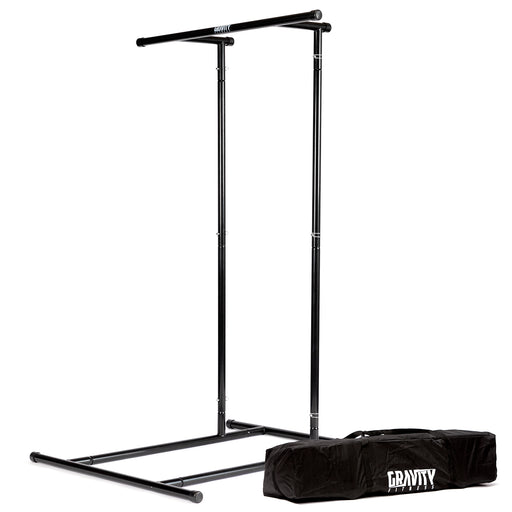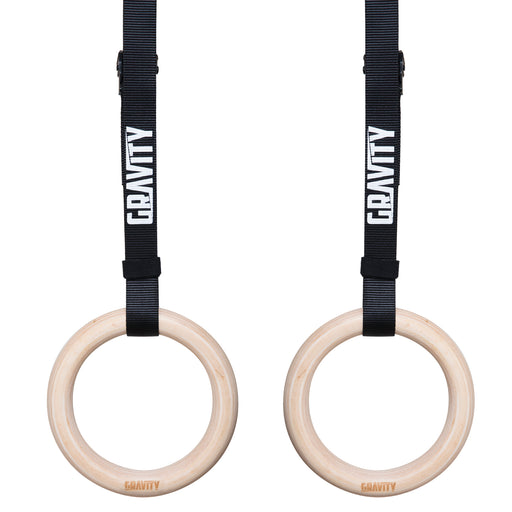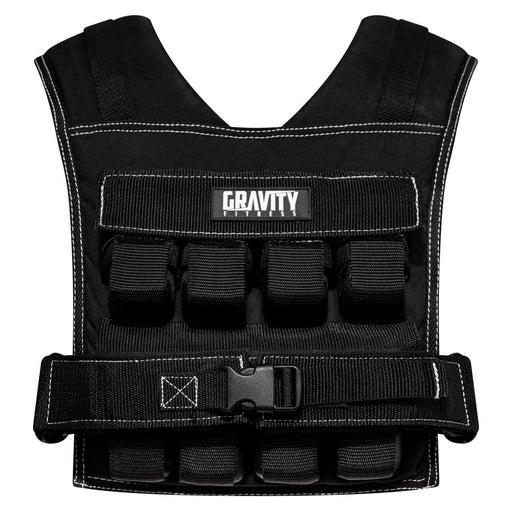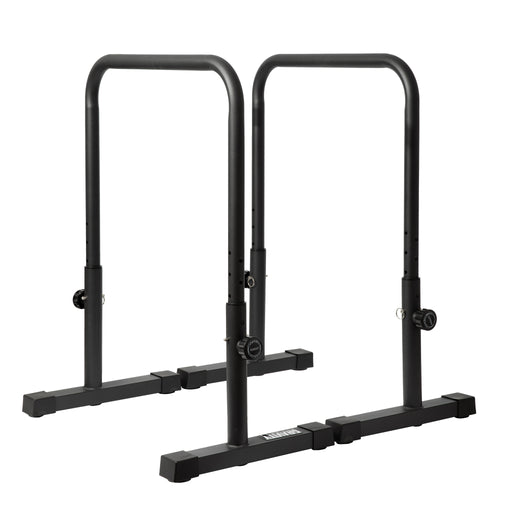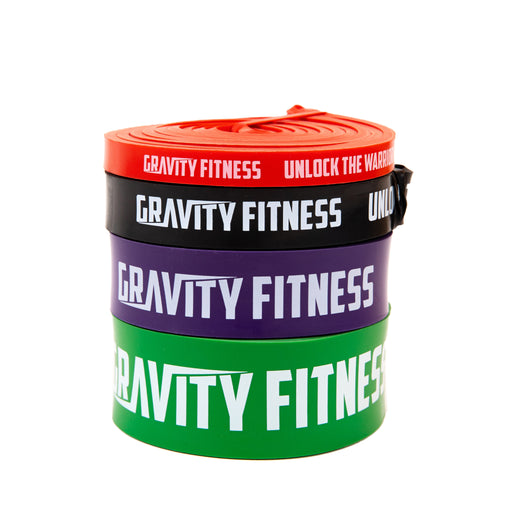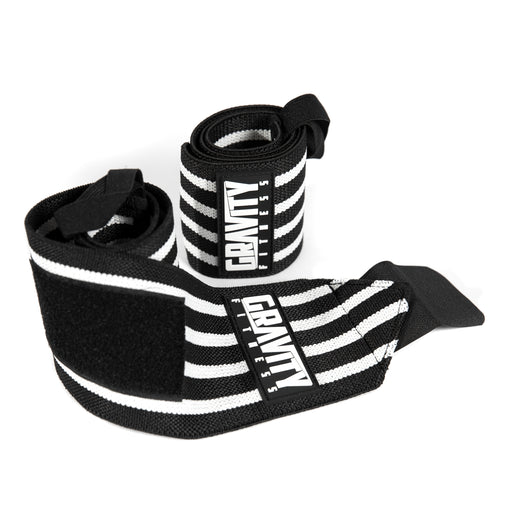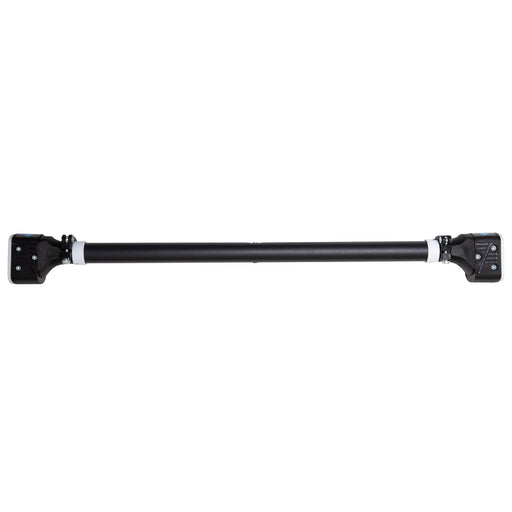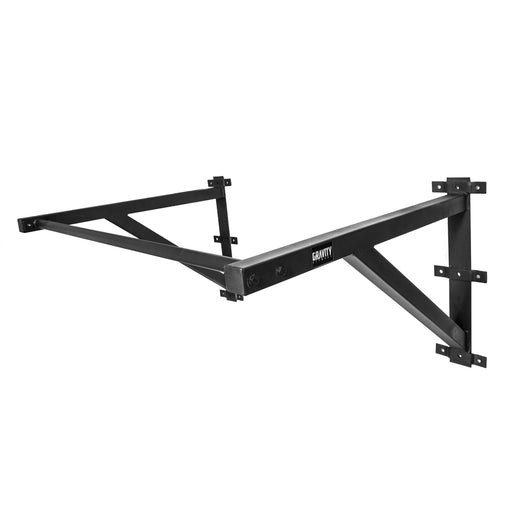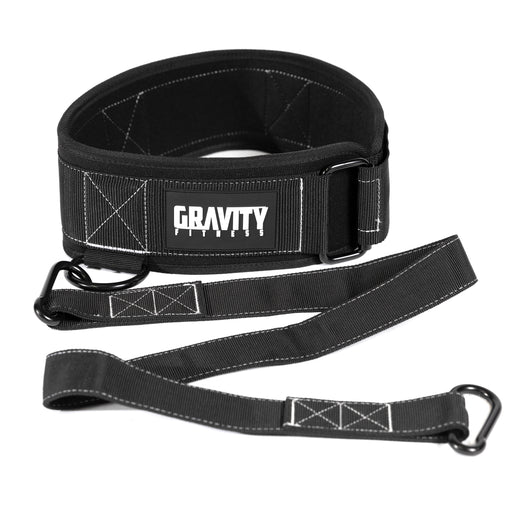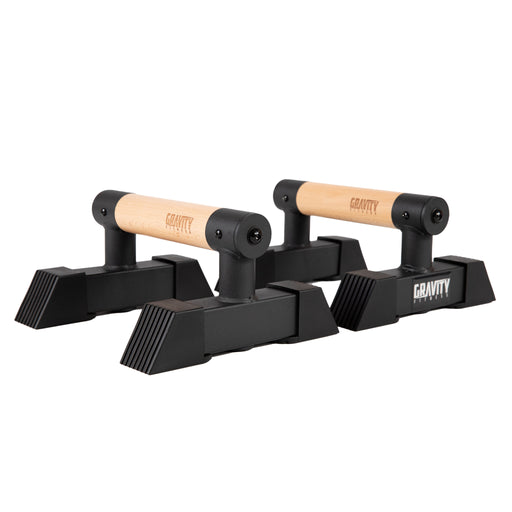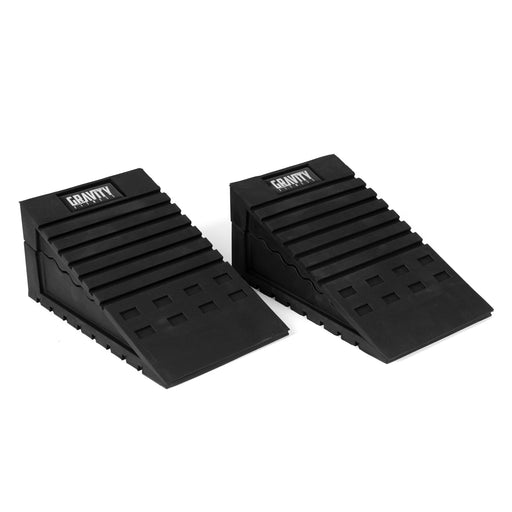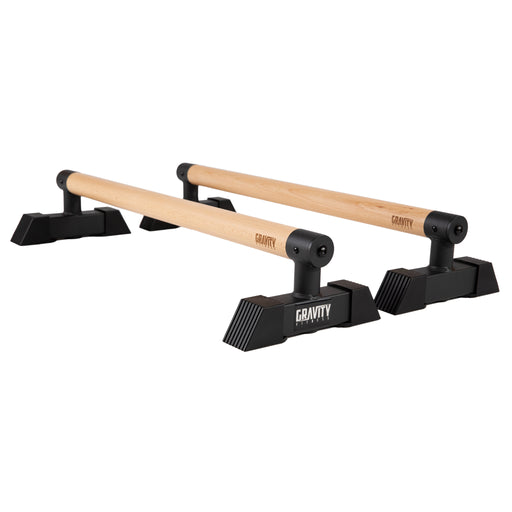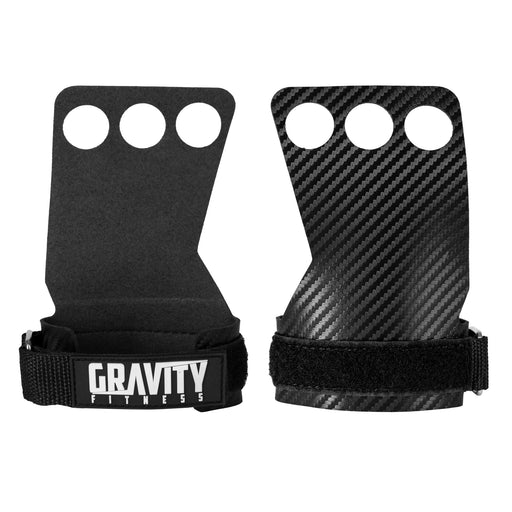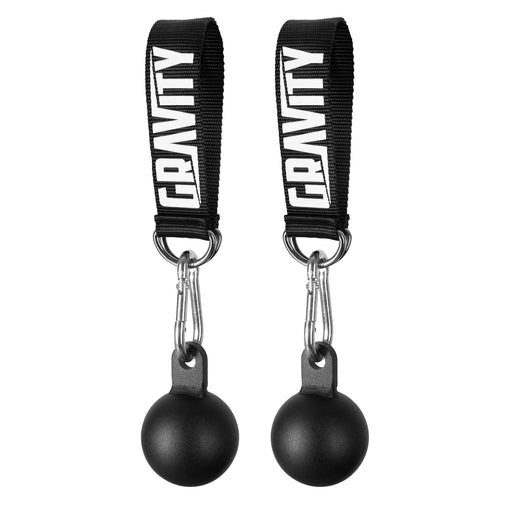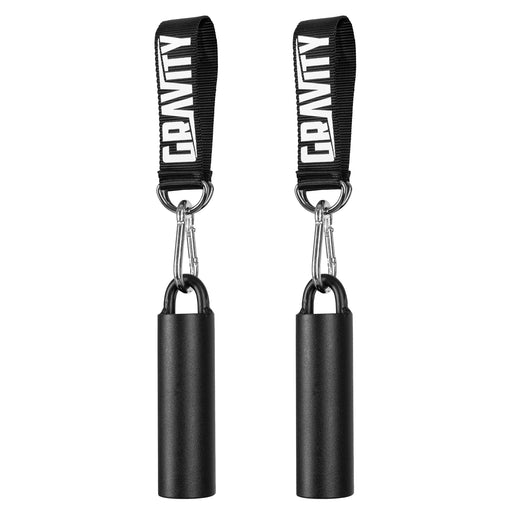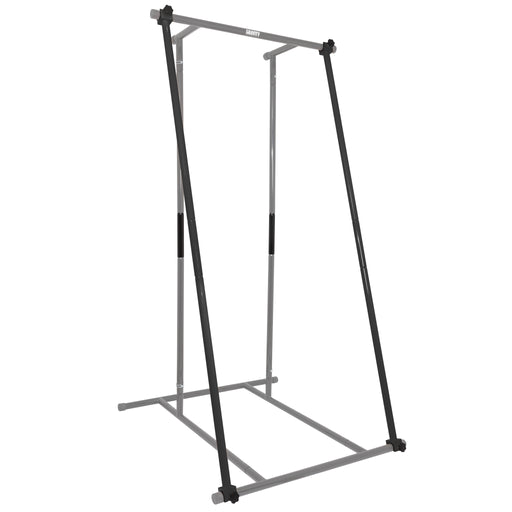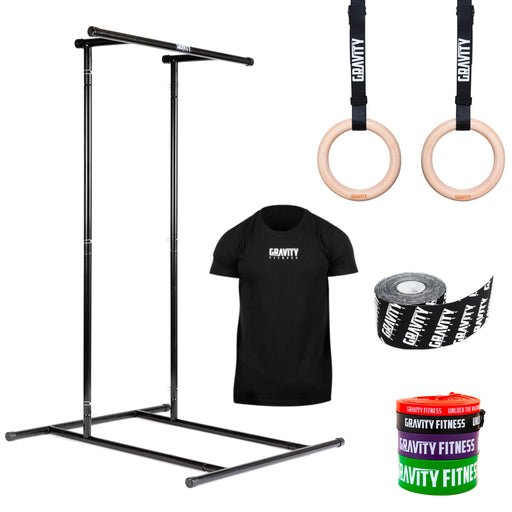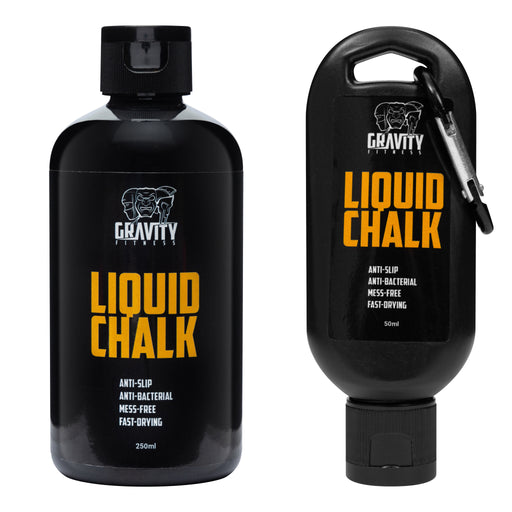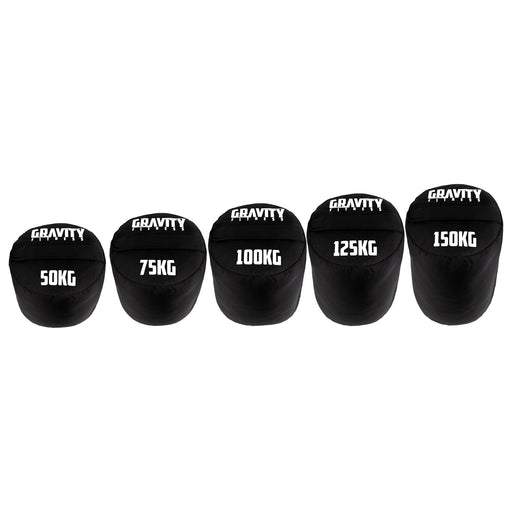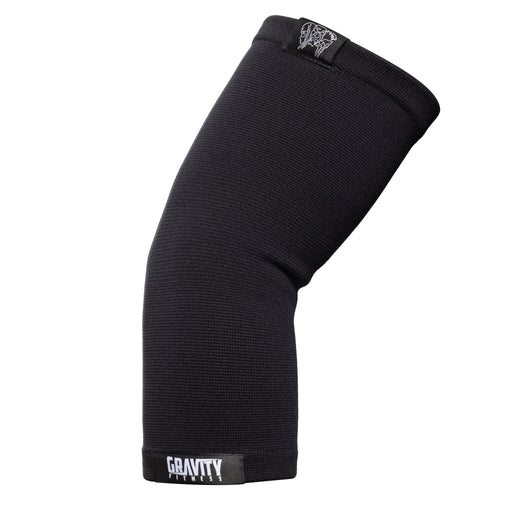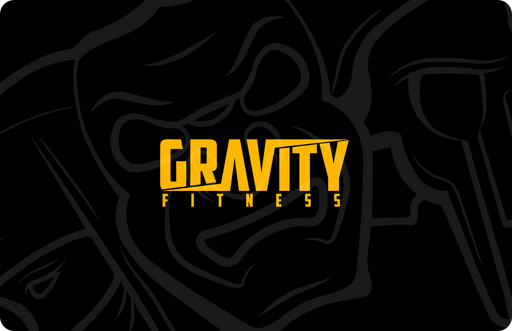
The Benefits of Using Calisthenics in Your Training
The Benefits of Using Calisthenics in Your Training
Modern day health and fitness is a minefield filled with buzz words, ever changing exercise trends, bad advice and the notorious “do you even lift” sub culture. It’s tough not to get sucked in by the fads, the advertising and the quick fix solutions that seem to crop up with a new angle each week. On top of that, we’re not really taught a great deal about how to exercise. In general, we tend to follow the masses or simply work with what we’ve got in front of us. Given the increased appetite for a fitness and physique building lifestyle, gym chains are seeing increased memberships and are investing heavily in new, more complex equipment and free weights to justify their membership fee’s. But is all this machinery and racks of dumbbells the best default way to train your body?
One of the few more recent fitness trends to hit the health and fitness market with a big impact and not only last but thrive as time passes, is Calisthenics training. Calisthenics, very simply put is exercise through controlling your body’s movement using very little equipment and most commonly under purely the individual’s own bodyweight. Calisthenics has much in common with the timeless gymnastics approach to fitness and movement but modernised to suit not only fluid functional movement, but also grow muscle and build an aesthetically pleasing athlete like physique.
One of the greatest ironies in fitness is that due to the vast amount of available equipment, exercise techniques, nutritional advice and supplements, we have arrived at a conclusion that fitness and being in control of our bodies is highly complicated business. When in actuality, the pursuit of fitness and a greatly improved body can be a very simple process if you throw in a little determination and consistency. As a lifting culture, we’re adamant we need to grow our muscle by throwing as many plates as possible on the end of a bar and hitting the bench press. Often feeding more ego than muscle growth. For most, dependant on your body goals, the humble press up is still one of the most straight forward yet effective exercises for targeting chest and triceps strength. This requires no equipment, no gym membership and can be done anywhere.
So in the interest of opening your eyes to a simpler way to get excellent results and really invest in your body, here are some of the benefits to using Callisthenic training in your exercise regime:
Body Awareness & Control – One of the benefits specific to Calisthenics training is the gradual development of your own body awareness. The all-round awareness of where your body and limbs are in relation to each other and the world around you. You could call it the development of superior motor skills. This will better your ability to control your body and enhance your all-round training effectiveness by connecting your brain to your muscles and improving your ability to control and contract specific muscles when you need to.
Improvements in body awareness don’t stop at benefiting your in the gym performance either. Better connecting your brain to what your body is doing (and can do) will pay numerous advantages in other aspects of your day to day life and will provide huge advantages to athletes and sports people. Rugby, rock climbing, you name it, enhancing your body awareness will improve your ability to perform in these areas.
Full Body Functionality – Keeping in line with improving sports performance to some degree. Calisthenics also offers significant improvements in overall body functionality and functional strength. Now these terms, especially references to ‘functional training’ are used slightly out of context a lot in modern day fitness or are simply a little misunderstood. In the interest of keeping it simple, functional exercises purposely recruit the use of a connected group of muscles instead of looking to isolate individual or small muscle groups.
Bodybuilders will often focus training sessions on very specific muscles, using a variety of isolated exercises to target the muscle they want to grow specifically. With functional training you are often undertaking much more complex movements which recruit a wider range of connected muscles. As an easy example, let’s take a lat pulldown machine vs wide grip chin ups which you can do on any parallel bar. The machine exercise which often has a seatbelt or leg pads holding you in a seated position, requires only that you contract your lats (with some minor biceps support) to pull the bar downward. With a wide grip pull up, despite the positioning of your grip and the basics of the movement being fairly similar. You are going to need to recruit far more connected muscles to complete the move safely and correctly. You’ll need to recruit your core muscles to hold your body tight while performing the move and a combination of core and additional shoulder and back muscles while contracting the lats to prevent your body from swinging during the movement. All of which can be made easier or more difficult based on the position you’re holding your legs during this movement which again is an additional set of muscles becoming at least partly involved.
Using larger muscle groups in collaboration not only strengthens the individual muscles used, but also the connections between those muscles and even potentially the stability of the joints involved as a result. Something that again all athletes and sports people will appreciate in terms of their performance, but these benefits can also have a superb impact on your ability to deal with daily movement tasks.
Joint & Muscle Flexibility – Tagging very much on to the back of the benefits of full body functionality. Using large ranges of movement under less resistance than overloaded weighted movements, Calisthenics provides a great base to improve strength whilst maintaining mobility. As you advance your Calisthenics training, being able to complete movements fluidly through wide ranges of motion will become a factor. Your body will gain strength and you’ll inspire the growth of new muscle tissue but because you’re doing so through big movements, your body will develop the new muscle and strength in a balanced and some might say, more natural way. Compromising less on the mobility and flexibility of your joints and muscle alike.
While some competent well rounded bodybuilders will be able to keep the balance, many will find that as they work hard to grow individual’s muscles through isolation and shorter ranges of movement, the muscle growth doesn’t always compliment mobility and the excessive mass of new tissue around joints can actually end up significantly reducing the range of motion available.
In summary, it’s important to understand that there is no single answer to the best way to improve your physique as an overall solution. For most, a balanced combination of Calisthenics and traditional weight training will yield the best overall results. The shame is that for the most part, the regular use of Calisthenics training is neglected and this could actually be holding many back from reaching their full potential. When Callisthenic training can be adequately performed with very cheap to buy and easy to use equipment which removes the need for fancy gym memberships. There really is no excuse not to incorporate Calisthenics and enjoy the many benefits in can bring to your training and your physical quality of life.












